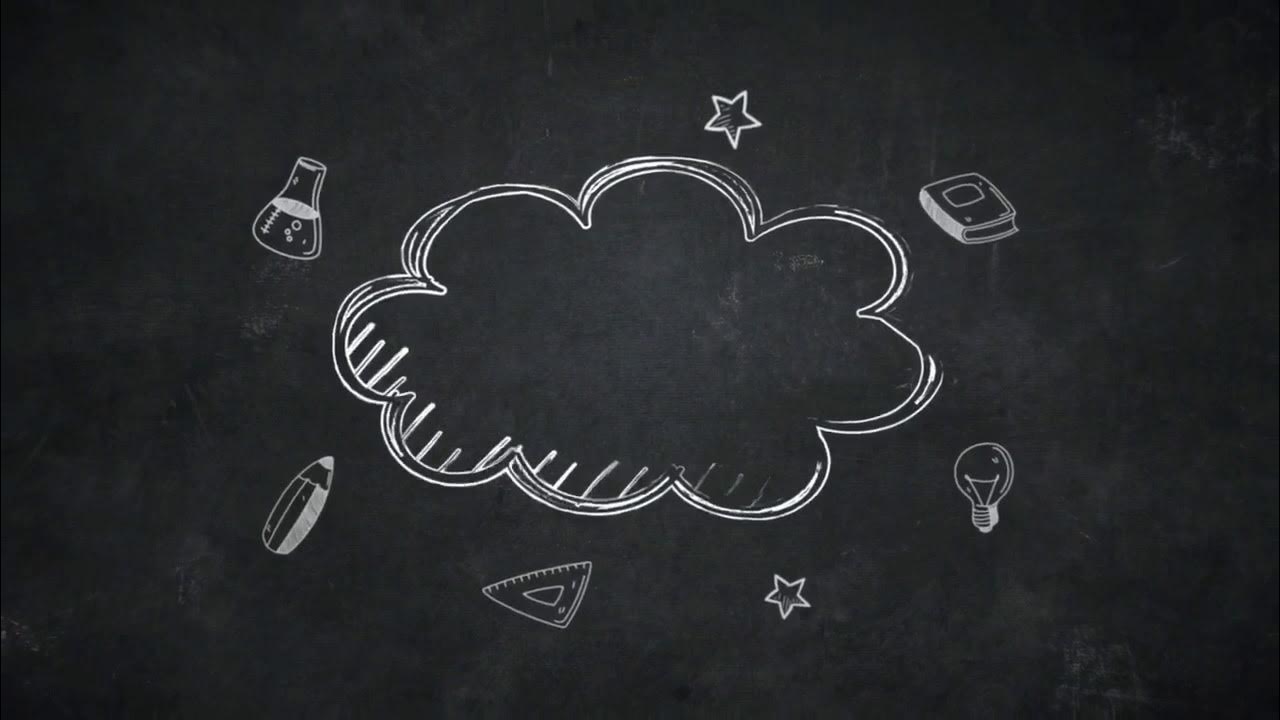Keseimbangan Cairan, ELektrolit dan Asam Basa Part 1
Summary
TLDRThis transcript explores the balance of fluids, acid-base, and electrolyte pathology in the body. It highlights the distribution of body fluids, with 60% of body weight made up of water, divided into intracellular and extracellular compartments. The role of electrolytes such as sodium and potassium in maintaining fluid balance is emphasized. The video also discusses hydration, fluid intake and output, and the process of dehydration, including its effects on blood plasma and osmolarity. Finally, it explains the mechanisms behind thirst sensation, including the role of osmoreceptors in the hypothalamus and the renin-angiotensin system in regulating fluid levels.
Takeaways
- 😀 The human body is made up of 60% water, equating to about 40 liters of fluid. The majority of this is intracellular fluid (25 liters), while the rest is extracellular fluid, divided into interstitial (12 liters) and plasma volume (3 liters).
- 😀 Intracellular fluid is rich in potassium (K+) and phosphate ions, while extracellular fluid mainly contains sodium (Na+) and chloride (Cl-) ions.
- 😀 Electrolytes are key components in bodily fluids, with electrolytes having a much stronger osmotic effect compared to non-electrolytes like glucose or lipids.
- 😀 Osmotic gradients dictate fluid movement in the body; water follows the osmotic gradient created by electrolytes.
- 😀 The body must maintain a balance between fluid intake and output to avoid dehydration. Dehydration occurs when fluid loss exceeds intake.
- 😀 Fluid output is around 2 liters per day, primarily through urine (1500 mL), skin (via evaporation), lungs (exhalation), and feces (100 mL).
- 😀 Water intake comes from drinks, food, and metabolic processes, which generate about 250 mL of water daily through metabolism.
- 😀 Dehydration leads to increased plasma osmolarity (higher solute concentration), which triggers the sensation of thirst via osmoreceptors in the hypothalamus.
- 😀 When plasma osmolarity increases due to dehydration, the body reduces saliva production to conserve water, further stimulating thirst.
- 😀 As water is consumed, it is absorbed into the digestive system, replenishing blood volume and decreasing plasma osmolarity, which suppresses thirst.
- 😀 Dehydration also triggers a drop in blood pressure, activating the renin-angiotensin system, leading to the release of angiotensin II, which increases thirst sensation as well.
Q & A
What is the primary composition of body fluids in humans?
-The human body consists of approximately 60% water, which forms about 40 liters of fluid. Of this, 40% is intracellular fluid (about 25 liters), and 20% is extracellular fluid (about 15 liters). The extracellular fluid is further divided into interstitial fluid (12 liters) and plasma volume (3 liters).
How does the distribution of electrolytes differ between intracellular and extracellular fluids?
-In intracellular fluid, potassium (K+) is the major cation, while phosphate (PO4) is the main anion. In extracellular fluid, sodium (Na+) is the dominant cation, and chloride (Cl-) is the main anion. These electrolytes play a critical role in maintaining fluid balance across cell membranes.
What is the role of the sodium-potassium pump in maintaining fluid balance?
-The sodium-potassium pump helps maintain the balance of sodium and potassium ions across cell membranes. This exchange is essential for fluid regulation, as it prevents excessive fluid from accumulating in cells or extracellular spaces, thus ensuring proper cellular function.
What factors influence the osmolarity of plasma?
-Osmolarity is influenced by the concentration of solutes, particularly electrolytes like sodium, in the plasma. When body fluid levels decrease, plasma osmolarity increases, leading to higher concentrations of solutes and triggering thirst signals to encourage fluid intake.
How does the body regulate fluid intake and output?
-The body regulates fluid balance through intake and output mechanisms. The average daily output of fluid is around 2 liters, primarily through urine (1500 mL), skin evaporation, sweat (100 mL), and feces. Fluid intake comes from beverages, food, and metabolism, which generates approximately 250 mL of water daily.
What is dehydration, and how does it affect the body?
-Dehydration occurs when the loss of body fluids exceeds intake, leading to a decrease in plasma volume and an increase in plasma osmolarity. This condition triggers thirst and activates mechanisms to restore fluid balance, but it can also lead to complications like reduced blood pressure and electrolyte imbalances.
What is the role of osmoreceptors in regulating thirst?
-Osmoreceptors in the hypothalamus detect changes in plasma osmolarity. When osmolarity increases due to dehydration, these receptors stimulate the sensation of thirst, prompting the individual to drink water, which dilutes the blood plasma and helps restore osmolarity to normal levels.
What happens when the osmolarity of plasma increases due to dehydration?
-When plasma osmolarity increases, it leads to the activation of osmoreceptors in the hypothalamus, which triggers the sensation of thirst. Additionally, reduced saliva production helps conserve body fluids, and the body initiates mechanisms to maintain blood volume and pressure.
How does dehydration affect blood pressure and kidney function?
-Dehydration causes a drop in blood volume, which leads to a decrease in blood pressure. This reduction stimulates the juxtaglomerular cells in the kidneys to release renin, triggering the renin-angiotensin-aldosterone system, which helps raise blood pressure and preserve fluid balance.
What is the role of the renin-angiotensin system in fluid regulation?
-The renin-angiotensin system is activated when blood pressure drops due to fluid loss. Renin is released from the kidneys, leading to the formation of angiotensin II, which constricts blood vessels and stimulates thirst, helping restore blood pressure and fluid levels in the body.
Outlines

This section is available to paid users only. Please upgrade to access this part.
Upgrade NowMindmap

This section is available to paid users only. Please upgrade to access this part.
Upgrade NowKeywords

This section is available to paid users only. Please upgrade to access this part.
Upgrade NowHighlights

This section is available to paid users only. Please upgrade to access this part.
Upgrade NowTranscripts

This section is available to paid users only. Please upgrade to access this part.
Upgrade Now5.0 / 5 (0 votes)





